The Life Story of My Fig Tree: From Italy to the Bronx
I never considered myself a gardener, but growing up in the concrete jungle gave me an urge for something different.
It really was not a jungle in the Bronx but merely hundreds of apartment buildings with very little grass and trees in which to run around. Our many visits to the neighboring Bronx Zoo and Bronx Botanical Gardens shaped my life with an escape from the sidewalks of New York.
Across the street from our building was an indoor market, built in 1940 to house fruit and vegetable peddlers. Our many purchases included fresh figs when in season. They were always part of our Italian life and quickly became one of my favorite fruits.
Over the last six years, I have traveled to Italy annually. I thought I could not love figs any more. It is a different experience when one can just walk over and pick a fresh fig from a tree. They are plentiful, easy to spot and hardly any owner would object to someone sampling a fig.
Fig heaven

My friend’s aunt, who passed away a few months ago, was 100-years old. She was 96 when I visited her the first time on the outskirts of a small Italian town. In her back yard was a gigantic fig tree, large enough to support a swing made from a rope and wooden seat.
I saw countless, countless figs, one more delicious than the other. On the rock wall of her yard was a very large basket of figs already picked and drying in the sun. It was a new experience and I thought I was in fig heaven.
You may ask, what does all this talk about figs have to do with my life?
I reconnected with my love of figs which were not so readily available in the suburbs of New York. My friend brought me a cutting from his fig tree which came from Italy. It was just a small branch he broke off. All he did was stick it in the ground… no digging, no fertilizer. I told him it would never grow. His Italian wisdom spewed out and he said “Don’t worry. They’re like weeds. It’ll grow.”
Grow it did, with not much care except for sun and water. He told me I would most likely not get any fruit the first year… but I did! It grew fast and furious and is shaping up well.
Then, reality set in. Wasps! It was unexpected as my friend never had an issue with wasps, but I did. They had a nest every year and I usually let it be unless it was attached to the house. My education in wasps showed me how they also burrow into the ground.
I can’t say whether it was the above-ground or below-ground wasps that sent its army to collect food from my figs.
I enjoyed the first year’s fruit. I did not enjoy much of the second year’s fruit as I helplessly watched an all-out attack on my figs. I think I should call them yellowjackets because that is what they were.
They also should be distinguished from fig wasps, which are much smaller. Fig wasps drill into the bottom of the fig and their wings are clipped off as a result. Then they lay their eggs in the fig and die in the fig. I do not think I had fig wasps. I saw the yellowjackets accessing the fig from the bottom, but I can’t say that they entered the fig and laid eggs. That is what the nest is for.
The third year

My figs were saved by wrapping the entire tree in a net. I purchased the netting and some plastic utility clips. I had to ensure there was not a single spot that a wasp could enter, which caused me to bunch up the net in various places, holding it with a clip. It worked very well and I was happy with the results.
At the end of year three, I transplanted the fig tree to a sunnier spot and covered it (as I did each year) as most Italians do with their trees in the New York area.
I first cut any dead branches and then tied the live branches to pull them closer to the center of the tree. I then purchased garden burlap and wrapped the tree. Finally, I bought a plant cover, covered the tree, tied it, and secured a plastic bucket on the top to prevent water from filling up the tree covering.
I think the shock of the transplant caused the fig tree to bear fruit very late. Fruit appeared in September and there was not enough warm weather to complete the growth of the figs. It was a disappointing year.
I just unwrapped my fig tree for the growing season and I was very happy to see that it already started to bud.
One thing I also learned about fig trees: They are resilient. I have a smaller cutting in the yard but it is growing very slowly. It is not in direct sun. The point is that it hasn’t been cold enough to kill the tree. That is the reason to cover it - to prevent it from freezing. It will not freeze unless there is prolonged freezing temperatures.
However, as a precaution, I will continue to wrap the tree. I confess, I did not exactly follow the rules - such as no chicken wire - and I had good results. I cannot have a year without those delicious figs to eat off the tree or wrap with prosciutto for antipasto. Good luck!





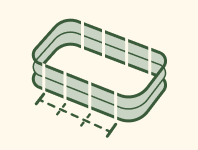
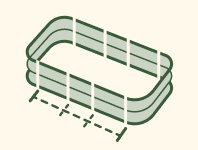
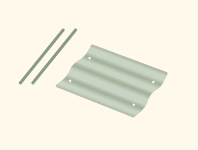

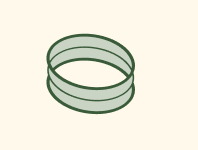





















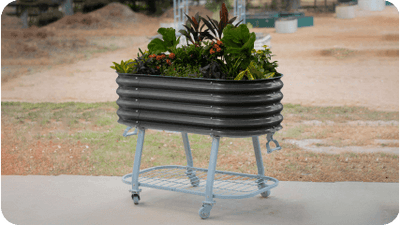








































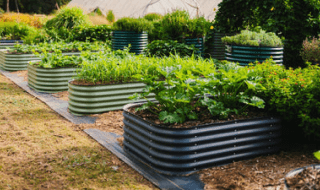

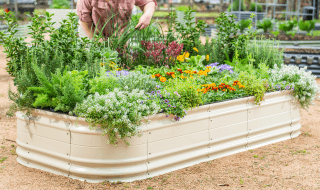

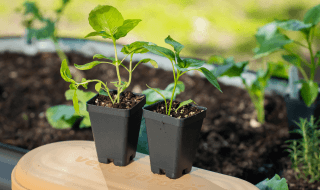
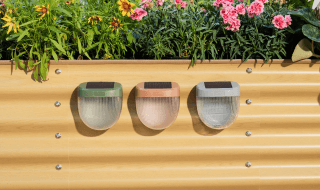

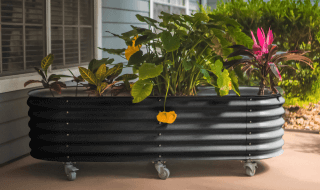


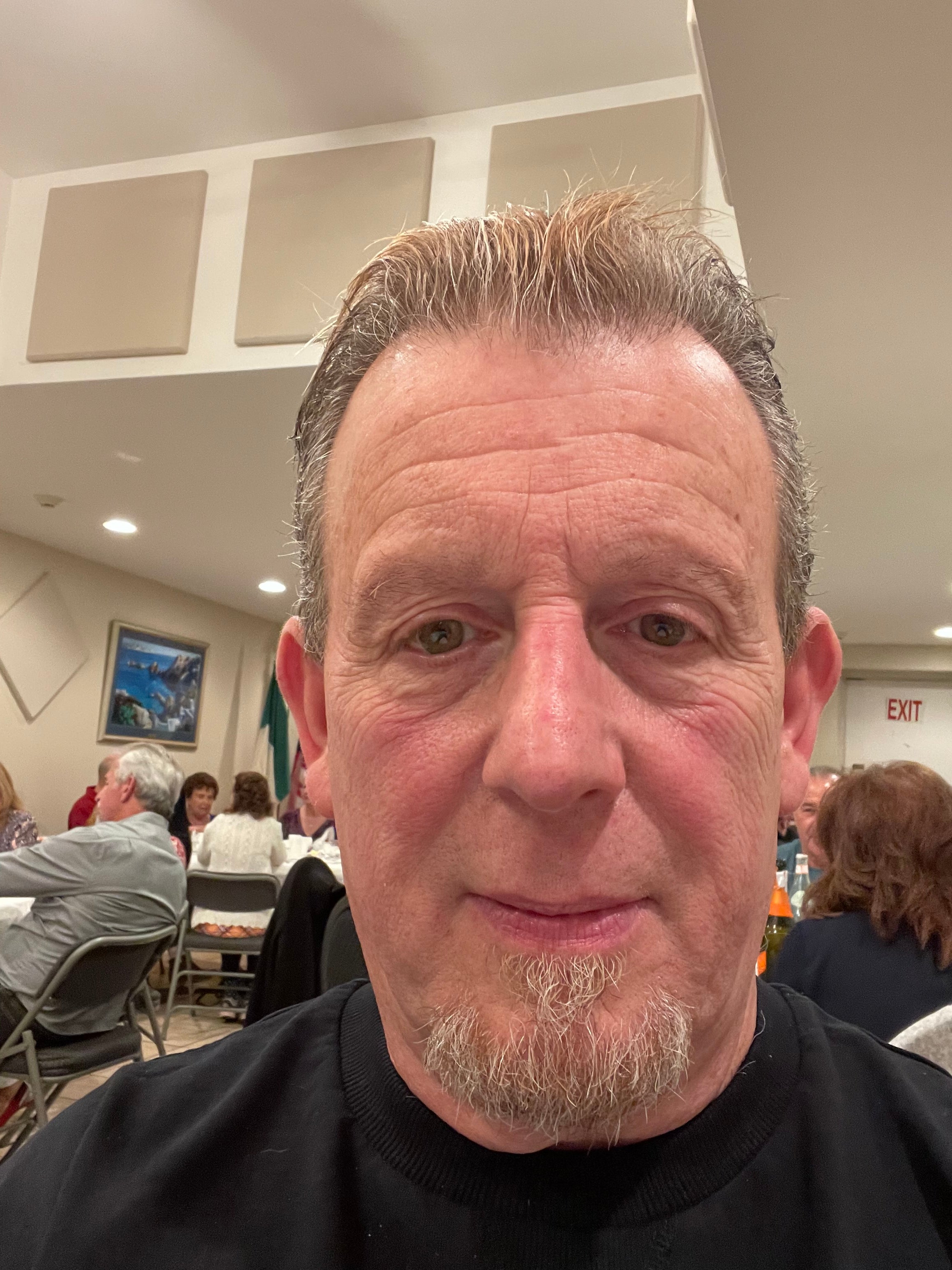




Leave a comment